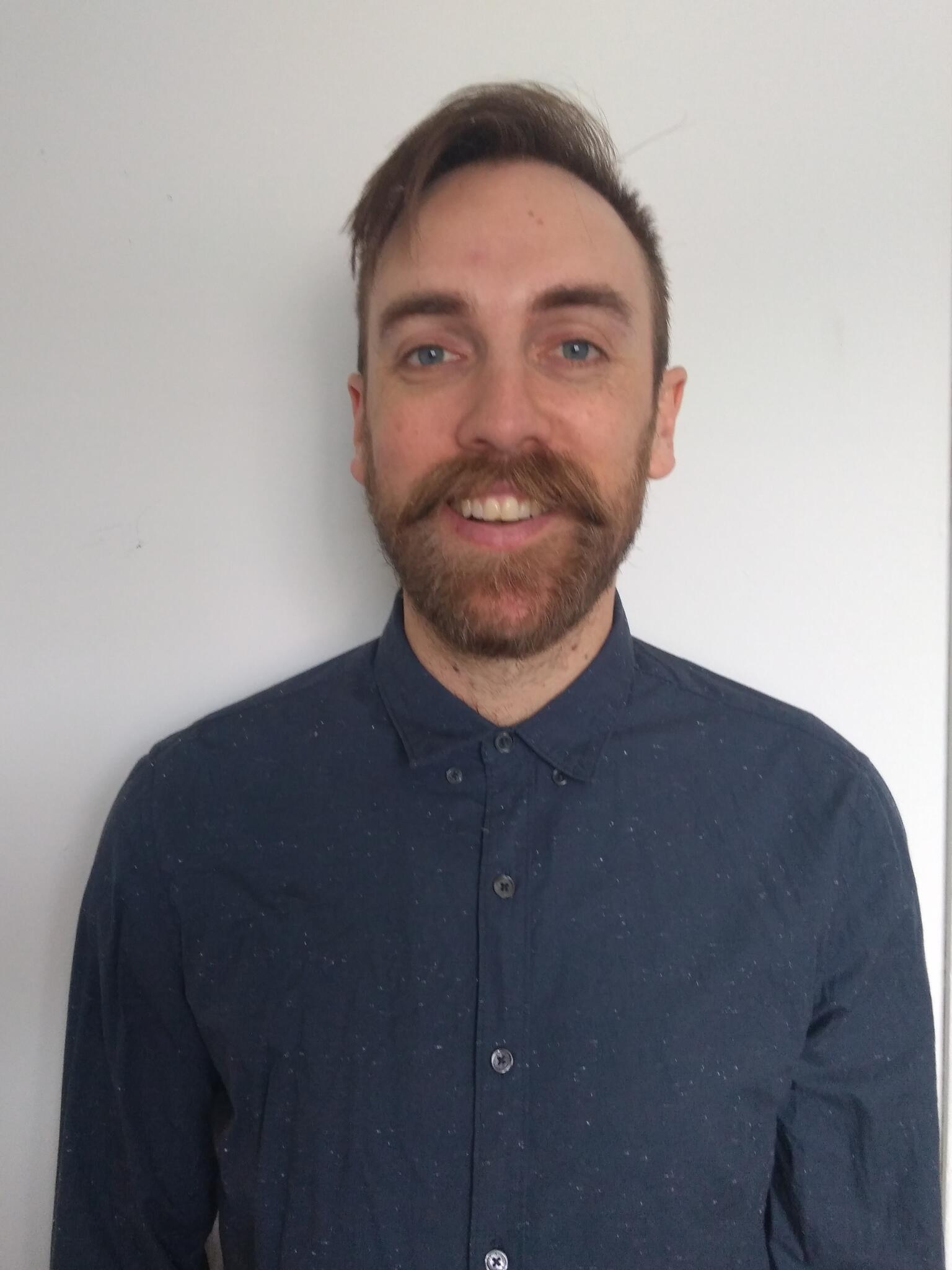Assistant Professor
he/him
Geology and Geological Sciences
Environmental Studies

FEWA Lab - Fire, Earth, Water, and Air: Contaminant Biogeochemistry Lab
|
|
FEWA Lab - Contaminant Biogeochemistry Lab - Queen's U. Our lab at Queen's University, Lead by Dr. David McLagan, has set out to develop global strategies to reduce the impact of pollutants. fewalab.ca |
*NEW PhD position currently available, click here for more info!
Contact Information:
Bruce Building, Room 320
BioSciences Complex, Room 3230
Email: david.mclagan@queensu.ca
The roots of my education and research are in environmental sciences, an intrinsically multi-disciplinary area of science. Naturally, my research has evolved to be highly interdisciplinary; I have published studies spanning the atmosphere, biosphere, lithosphere, and hydrosphere. Central to this research is understanding the biogeochemical cycling of contaminants within and between the Earth’s “spheres” with a focus on the development of novel and accessible technologies and methods to advance our scientific understanding of contaminant biogeochemistry. This relates to my philosophy of “Global Science” that encourages the dissemination of information, intersectoral collaboration, bridging of Knowledge systems, and empowers local scientists and communities across world. I use tools such as stable isotopes, passive sampling, unpiloted aerial vehicles, sensors, and dendrochronology (among other techniques) to assess the spatiotemporal dynamics of organic and inorganic compounds in the environment.
I am actively recruiting students across all levels (undergrad, Masters, PhD) and a postdoc. Current research projects involve (i) the study of wildfire contaminant emissions and plume chemistry using unpiloted aerial vehicles, (ii) assessing internal tree physiological processing of mercury and other metals using a multi-analyses approach, including stable mercury isotopes (do fungi play a role in this?), (iii) dendrochronological archiving of historical uses of mercury and other metals, (iv) The case of the missing mercury: understanding the fate of mercury used in artisanal small scale gold mining. Interested students and researchers are welcome to contact me directly about opportunities.
- Emerging Research in Mercury Research (International) Award (2024)
- NWT Cumulative Impact Monitoring Program (CIMP) Grant (2024)
- Governor General's Innovation Award (2023)
- NSERC Discovery Grant (2023)
- Canadian Foundation for Innovation (CFI) JELF Grant (2023)
- German Science Foundation (DFG) Research Project Grant
- NSERC Post-Doctoral Fellowship (PDF)
- Governor General’s Gold Medal (PhD), University of Toronto
- NSERC Alexander Graham Bell Canada Graduate Scholarship – Doctoral (CGS-D)
- University Medal, Griffith University
McLagan, D. S., Esser, C., Schwab, L., Wiederhold, J. G., Richard, J. H., & Biester, H. (2024). Organic matters, but inorganic matters too: column examination of elevated mercury sorption on low organic matter aquifer material using concentrations and stable isotope ratios. SOIL, 10(1), 77-92.
Dastoor, A., Angot, H., Bieser, J., Christensen, J. H., Douglas, T. A., Heimbürger-Boavida, L. E., Jiskra, M., Mason, R.P., McLagan, D.S., ... & Zdanowicz, C. (2022). Arctic mercury cycling. Nature Reviews Earth & Environment, 3(4), 270-286.
McLagan, D. S., Schwab, L., Wiederhold, J. G., Chen, L., Pietrucha, J., Kraemer, S. M., & Biester, H. (2022). Demystifying mercury geochemistry in contaminated soil–groundwater systems with complementary mercury stable isotope, concentration, and speciation analyses. Environmental Science: Processes & Impacts. https://doi.org/10.1039/D1EM00368B
McLagan, D. S., Stupple, G. W., Darlington, A., Hayden, K., & Steffen, A. (2021). Where there is smoke there is mercury: Assessing boreal forest fire mercury emissions using aircraft and highlighting uncertainties associated with upscaling emissions estimates. Atmospheric Chemistry and Physics, 21(7), 5635-5653. https://doi.org/10.5194/acp-21-5635-2021
McLagan, D. S., Monaci, F., Huang, H., Lei, Y. D., Mitchell, C. P., & Wania, F. (2019). Characterization and quantification of atmospheric mercury sources using passive air samplers. Journal of Geophysical Research: Atmospheres, 124(4), 2351-2362. https://doi.org/10.1029/2018JD029373
Parajulee, A., Lei, Y. D., Cao, X., McLagan, D. S., Yeung, L. W., Mitchell, C. P., & Wania, F. (2018). Comparing winter-time herbicide behavior and exports in urban, rural, and mixed-use watersheds. Environmental Science: Processes & Impacts, 20(5), 767-779. https://doi.org/10.1039/C7EM00596B
McLagan, D. S., Mitchell, C. P., Huang, H., Lei, Y. D., Cole, A. S., Steffen, A., ... & Wania, F. (2016). A high-precision passive air sampler for gaseous mercury. Environmental Science & Technology Letters, 3(1), 24-29. https://doi.org/10.1021/acs.estlett.5b00319
Wild, S., McLagan, D., Schlabach, M., Bossi, R., Hawker, D., Cropp, R., ... & Nash, S. B. (2015). An Antarctic research station as a source of brominated and perfluorinated persistent organic pollutants to the local environment. Environmental science & technology, 49(1), 103-112. https://doi.org/10.1021/es5048232
Full list: https://scholar.google.ca/citations?user=JxH0u60AAAAJ&hl=en&oi=ao
